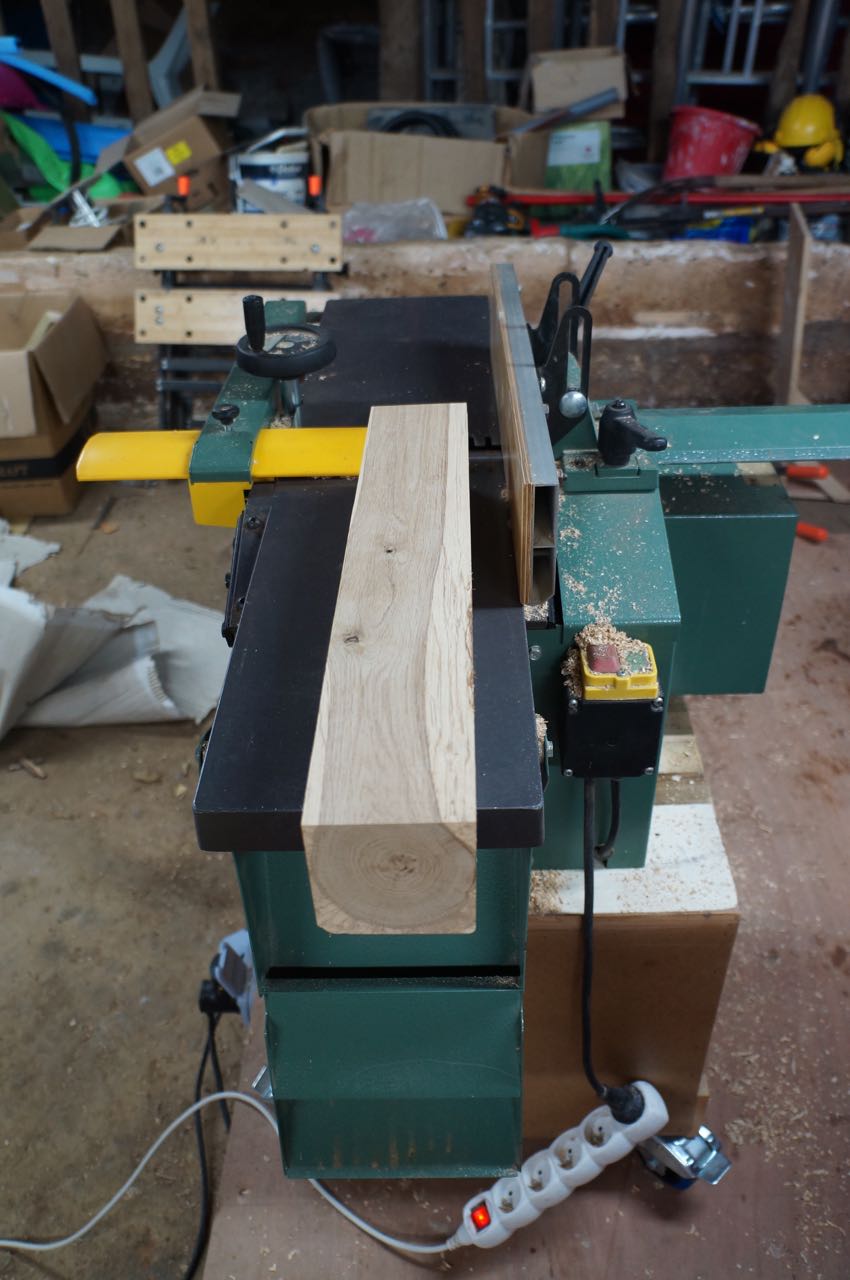jeztastic
Member
Hi, total noob here.
I have a lot of birch (I think) 1 metre posts about 70x70mm. I'm trying to make a Paul Sellers style workbench, and I need to get them square and straight. I've made a start with my jack plane, but I've realised how long it's going to take this way.
Would anyone recommend a cheap tool that will handle the initial rough straitening and flattening? I'm thinking one of those tabletop surface planer things you feed the bit of wood through and it pops out the other end? I'm afraid I don't know the name. Obviously I can then clean it up with a hand plane, but getting all the bows and twists out takes ages and I just don't have the time.
I have a lot of birch (I think) 1 metre posts about 70x70mm. I'm trying to make a Paul Sellers style workbench, and I need to get them square and straight. I've made a start with my jack plane, but I've realised how long it's going to take this way.
Would anyone recommend a cheap tool that will handle the initial rough straitening and flattening? I'm thinking one of those tabletop surface planer things you feed the bit of wood through and it pops out the other end? I'm afraid I don't know the name. Obviously I can then clean it up with a hand plane, but getting all the bows and twists out takes ages and I just don't have the time.







































